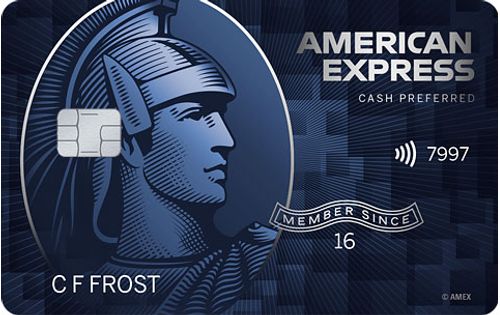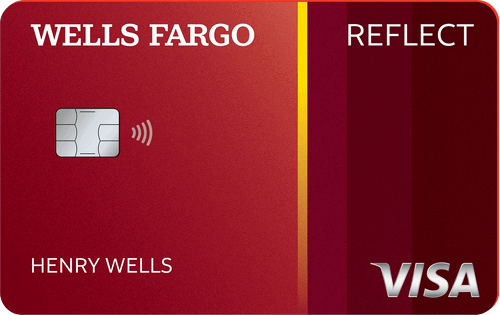WalletHub, Financial Company
@WalletHub
To pay off $6,000 in credit card debt within 36 months, you will need to pay $217 per month, assuming an APR of 18%. You would incur $1,823 in interest charges during that time, but you could avoid much of this extra cost and pay off your debt faster by using a 0% APR balance transfer credit card.
The average length of a 0% APR balance transfer intro period is 13 months, according to WalletHub’s Credit Card Landscape Report, and the average balance transfer fee is 3.34% of the transferred amount. Below, you can see how much you could save while paying off $6,000 over different time frames, assuming a 12-month 0% APR period, a 3% balance transfer fee, and an 18% regular APR.
Paying Off $6,000 With a 0% APR Balance Transfer Card
| Months to Payoff | Monthly Payment | Total Interest Paid | Total Savings vs. Regular Card |
| 12 | $515 | $0 | $425 |
| 24 | $270 | $297 | $721 |
| 36 | $193 | $771 | $872 |
| 48 | $156 | $1,309 | $991 |
| 60 | $134 | $1,887 | $1,100 |
Of course, these aren’t the only timelines that you could commit to with $6,000 in debt. To price out more options, try WalletHub’s debt payoff calculator. This calculator can also help you decide if transferring the $6,000 in debt to a 0% APR balance transfer credit card would save you money.
Getting a 0% APR credit card isn’t the only way to pay off $6,000 in debt. In fact, there are many options to consider, each suited for slightly different situations.
Ways to Pay Off $6,000 in Credit Card Debt
- Avalanche Approach
- 0% APR Credit Card
- Island Approach
- Personal Loan
- Debt Management Plan
- Borrowing From Friends or Family
Avalanche Approach
If your debt is spread across multiple credit cards, we recommend using the “avalanche approach” to pay it down. This means you should pay as much as possible each month on the debt with the highest interest rate and make minimum payments on the other debts, then repeat the process when your most expensive debt is gone. This will minimize the amount of interest that accrues and will help you get debt-free faster.
0% APR Credit Card
0% APR credit cards allow you to avoid interest while paying down your debts. These cards can offer 0% introductory promotions for new purchases or balance transfers that last as long as 21 months.
Keep in mind that you may have to pay a balance transfer fee, which is usually around 3% of the transferred amount. Also, if you decide to transfer your debt to one of these credit cards, do your best to pay it off before the 0% intro period ends and the typically-high regular interest rate kicks in.
Island Approach
The island approach means using different credit cards for different financial purposes in order to maximize your savings. For example, this might entail getting a rewards card for everyday purchases and a low-interest card for long-term financing. If you use one card for debt that you need to pay off over time and another card for everyday expenses that you can afford to pay off by the due date, you can avoid interest charges on those everyday purchases and earn rewards. If you use one card for everything and that card does not have a 0% APR, all of your purchases will accrue interest and you’ll cost yourself a lot of money.
Personal Loan
Personal loans can be used to pay off $6,000 in credit card debt, though that’s only a good idea if you can qualify for a big enough loan with a lower interest rate than you're currently paying. This depends heavily on your creditworthiness. You can also use a debt consolidation loan to put multiple debts in one place.
Debt Management Plan
Debt management plans allow the cardholder and the lender to amend the original payment agreement by lengthening the repayment term, lowering the interest rate, and perhaps even waiving fees. Each of these modifications is meant to make the repayment process more manageable for the cardholder. Keep in mind that you’re still expected to pay the full $6,000 with these plans.
Borrowing From Friends or Family
This is definitely not an ideal solution, but your friends or family may be willing to lend you money to clear your credit card debt, and they’re likely to charge you less interest than credit card companies. However, you risk straining your relationship with anyone you borrow from if you can’t pay the money back.

People also ask
Did we answer your question?
Important Disclosures
Ad Disclosure: Certain offers that appear on this site originate from paying advertisers. For full transparency, here is a list of our current advertisers.
Advertising impacts how and where offers appear on this site (including, for example, the order in which they appear and their prevalence). At WalletHub we try to present a wide array of offers, but our offers do not represent all financial services companies or products.
Advertising enables WalletHub to provide you proprietary tools, services, and content at no charge. Advertising does not impact WalletHub's editorial content including our best picks, reviews, ratings and opinions. Those are completely independent and not provided, commissioned, or endorsed by any company, as our editors follow a strict editorial policy.



